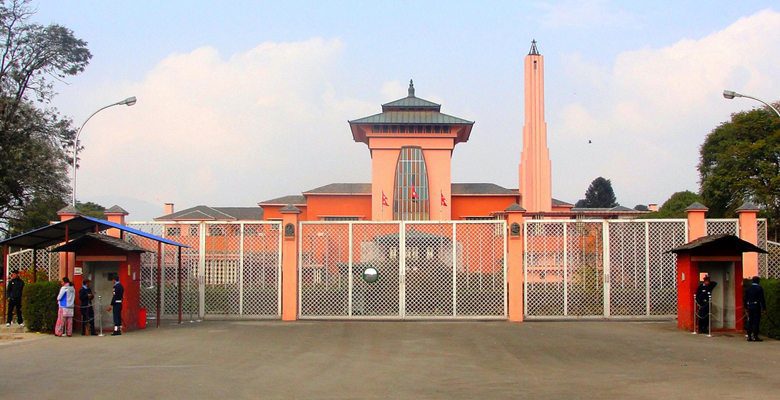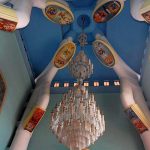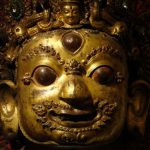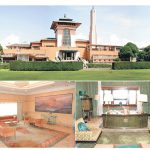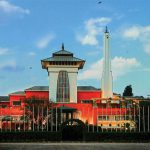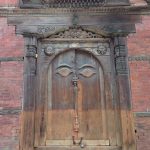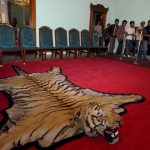Narayanhiti Palace Museum is the former royal palace in the centre of the Nepalese capital, Kathmandu, It is the palace which long served as a primary residence for the country’s monarchs. Narayanhiti, in Narayanhiti Palace, is made up of two words ‚narayan‚ and ‚hiti‚. ‘Naryan’ is a form of Hindu god “Lord Vishnu‚ whose temple is located opposite to the palace and ‚hiti‚ means ‚water spout‚ which is also located to the east of main entrance in the precincts of the palace, and which has a legend associated with it. The entire enclosure surrounded by a compound wall, located in the north-central part of Kathmandu, is called the Narayanhiti palace. It was a new palace, in front of the old palace of 1915 vintage, built in 1970 in the form of a contemporary Pagoda. It was built on the occasion of the marriage of King Birenda Bir Bikram Shah, the then heir apparent to the throne. The southern gate of the palace is located at the crossing of Prithvipath and Darbarmarg roads.
The palace area covers (30 hectares (74 acres)) and is fully secured with gate controlled walls on all sides. The palace, as previously discussed in Kathmandu’s history, was the scene of a gruesome tragedy, termed ‚Nepal‚s greatest tragedy‚, on June 1, 2001 the then king Birendra, Queen Aishwarya and his family members were killed in a massacre. After the massacre of King Birendra and his family, his brother Gyanendra got opportunity to be the King of Nepal. The massacre of the then Royal family is still mysterious. But it is believed that Gyanendra shoot the then king Birendra and his family members. Another strong proof is that none of the family members of Gyanendra were injured. If Birendra and his son were not dead there would be no chance for Gyanendra to be the King. All these proofs point to Gyanendra. And Nepalese believe that the massacre was done by Ganendra.
The newly elected assembly on 28 May 2008, after a polling of 564 constituent assembly members, 560 voted to form a new government, with the monarchist Rastriya Prajatantra Party, which had four members in the assembly, registering a dissenting note. At that point, it was declared that Nepal had become a secular and inclusive democratic republic, with the government announcing a three-day public holiday from 28 to 30 May. The King was thereafter given 15 days to vacate the Narayanhiti Royal Palace, to reopen it as a public museum, until he was asked to move out of it. Now it has been turned into a museum and is open for all to see.

